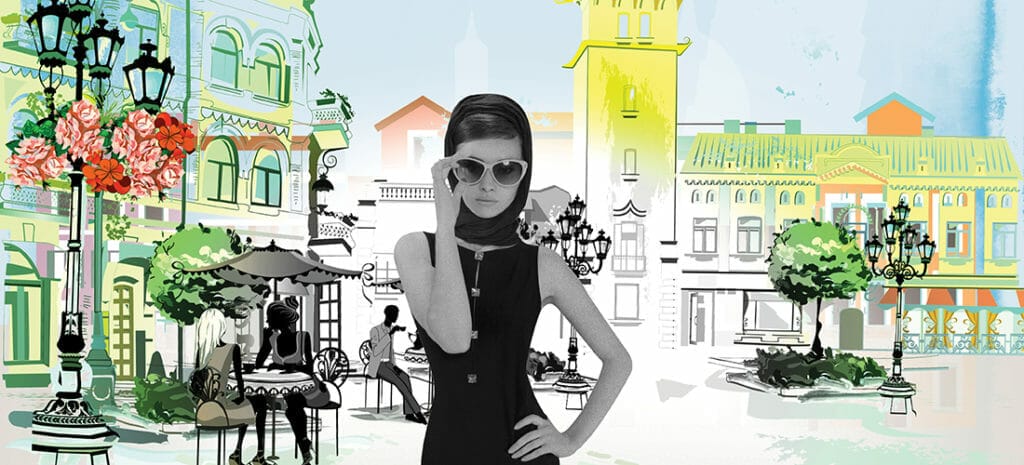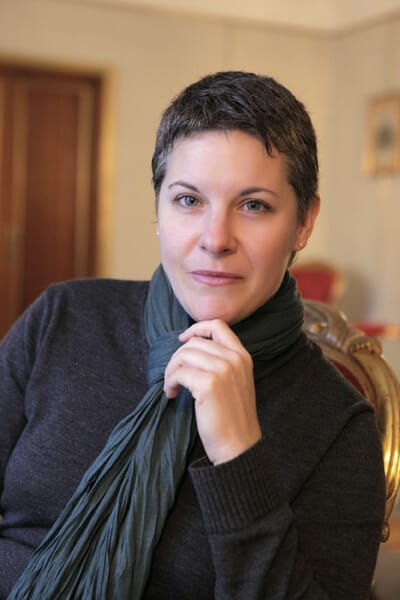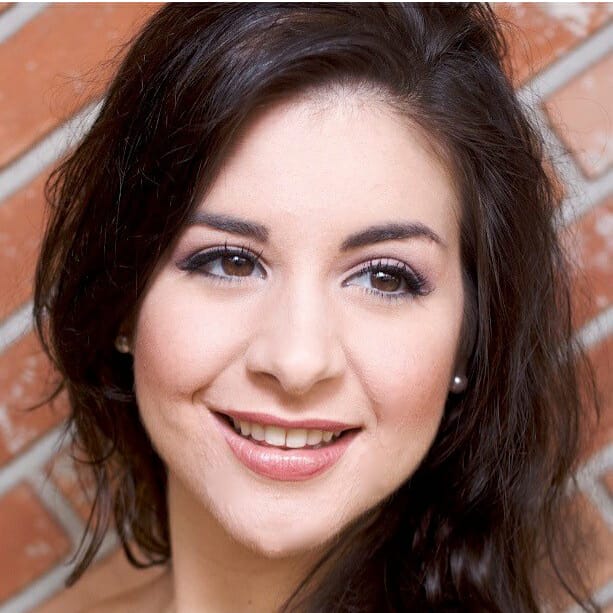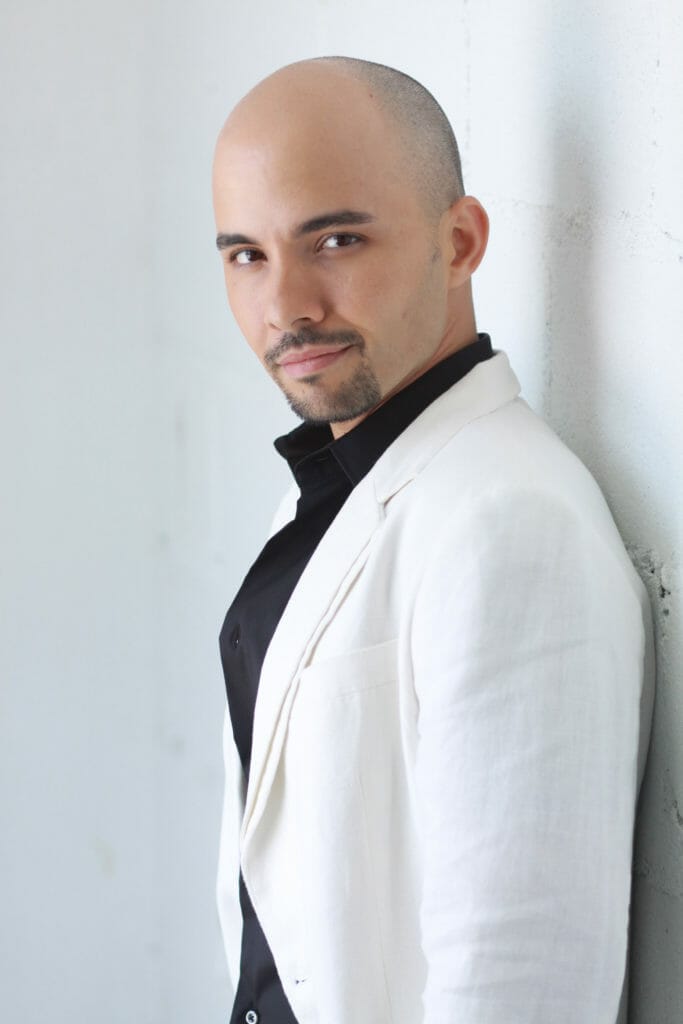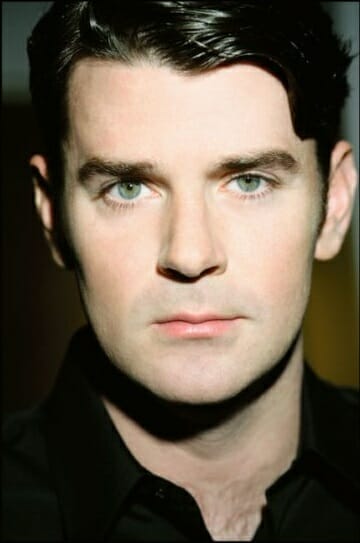Editor’s Note: Later this month Chicago Opera Theater is presenting yet another unusual opera not often staged. More accurately—two! Il Pigmalione and Rita are being staged together under the direction of Amy Hutchison.
Read Amy Hutchison’s answers to our questions below to find out more about these two operas and more about her personal background that has led to this directing milestone.
PTP: What are the unique challenges and opportunities of directing a Bel Canto work?
AH: Donizetti’s pieces grace their listeners with gorgeous melodies that, like many other bel canto works, can seemingly stop the action for virtuosic singing. As a director, I need to support these suspended opportunities for emotional expression and ensure that coloratura moves both the emotional landscape of the character and plot forward. The singing does not exist outside the story; it actually conveys the narrative. We are blessed with a brilliant cast of singers who are as adept at acting as they are singing these electrifying bel canto runs!
How does this double bill compare to your prior productions in terms of challenge and opportunities to realize your artistic visions?
When Doug Clayton proposed that I stage this double-bill, I was intrigued by the opportunity to create two unique productions that do justice to each opera individually, while also bridging the worlds between “Il Pigmalione” and “Rita,” so that together the whole is even greater than the sum of its parts.
This is the first double-bill that I’ve had the opportunity to create an original production for, so it has been a wonderful opportunity to take on. Having staged more famous Donizetti works, it has been wonderful to play in the composer’s famous comedic structure in one of his final works “Rita,” while also discovering the genesis of his more serious dramatic musicality in his first work, “Il Pigmalione.” In our production, we have united the two pieces in a fun way which actually enhances the depth and breadth of both works. It will be a very robust evening!
Have you always loved opera? What was your first opera?
I have adored plays and musical theater since childhood and set out to be a theatre director at a young age, studying at Conservatory for Theatre Arts at Webster University in St. Louis. I was then introduced to opera while working backstage at Opera Theater St. Louis, and I was blessed to work on “The Marriage of Figaro” for my first production. Who doesn’t fall in love with the characters andMozart’swondrous score? Once I came into opera I was hooked, and I’ve been working with it ever since.
Are you a singer? Play an instrument?
I consider myself a musician, but my instrument is the stage. My work is music making. My musical training included playing the flute and choral singing growing up, and I am grateful for that now because I read music and utilize my ear tremendously while working. Working with the brilliant singers, coaches and conductors at Lyric Opera of Chicago and other companies worldwide has by far been my greatest education.
Have you directed non-musical theater works? If so, how does directing opera compare?
I have not professionally directed non-musical works, but I would love to! I am especially eager to direct children’s theater. I’m certain my musicality and the poetry of operatic imagery would be infused into all my work. I love to play with scale: creating intimacy within an epic piece like “Carmen” and drawing the epic story out of an intimate work, like “As One.”
Many of our readers (and your audience) will likely be more familiar with My Fair Lady than this classic story. Can you compare the two?
Oh my stars, they could not be more different! “IlPigmalione” hews closer to the original myth from Ovid’s Metamorphoses than Shaw’s “Pygmalion,”where “My Fair Lady” originates. Donizetti’s “Il Pigmalione” focuses on the artist’s emotional and artistic struggle, where “My Fair Lady” is a match of wits between the artist and his subject. This opera is such an intimate work with two characters.It has a sharper focus and more romantic intensity than the musical’s sprawling critique of English society. Those who love “My Fair Lady” and wish for a more magical, happier ending will be thrilled by “Il Pigmalione!”
Please tell our readers about the rehearsal process and casting process that you have used?
We are quite lucky to have such an ideal cast for both “Il Pigmalione” and “Rita.” Our marvelousconductorFrancesco Milioto is a master of the bel canto style and recommended Javier Abreau, Angela Mortellaro, and Keith Phares – all outstanding bel canto singers at the top of their game. The show is a real marathon for our tenor Javier Abreu who plays both Pigmalione and Beppe; it will be a thrilling Chicago debut for him.
Staging “Il Pigmalione” has been a very intimate process with a wonderful tenor exploring a great emotional landscape for much of the beginning, until the magic moment when Galatea comes to life. We are fortunate that Javier is an extremely physical singer, and brings wonderful energy, variety, and passion to the character. Through the rehearsal process, we have really discovered how much Angela (Galatea) transformsJavier’s (Pigmalione) energy, bringing in a tranquility and tenderness that pervades his studio. The simplicity and purity of Donizetti’s music for Galatea is an enormous contrast from the passionate lyricism of Pigmalione’s role—creating an awe inspiring transformation.
The rehearsals for “Rita” are filled with fun and hilarity because, in addition to the incredible comedic expertise of our three lead singers, we have wonderful professional physical theater actors bringing a lively improvisatory nature to the process. Rehearsal is filled with play between the singers, actors and the physical world we’ve created. Additionally, we have written new dialogue for the opera, which plays upon the relationship between with the Italian language and are primarily English-speaking audience. The timing and precision both the singers and actors use to get the most out of every joke while conveying as much information as possible about the characters, is truly delightful to watch. Overall the process has created surprisingly well-rounded characters, which I cannot wait for an audience to experience.
What draws you to this work?
The two works together give the audience an opportunity to see both intense drama and sparkling fast-paced comedy. As much as the comedy can seem black and white, Donizetti infuses all of his characters with marvelous multi-colored humanity, impacting how each character responds to their surroundings and respective plots. The two pieces, especially together, are surprisingly nuanced and rich.
Why did you/COT select this work for presentation?
Donizetti is a great master of Italian opera, but these two works are rarely produced (and in fact, Donizetti never saw them staged in his lifetime). Pairing“Il Pigmalione,” his first operatic work, with “Rita,” one of his last, in one evening means that the audience can experience the span of Donizetti’scareer as a composer and sample the many flavors of his music. The contrast between the drama of “Il Pigmalione” and the side-splitting comic insanity of “Rita” makes for a feast of an evening with incredibly rich variety that will leave audiences humming.
Please tell our readers the idea behind the double bill.
There is a unity created throughout both pieces that I believe the audiences will enjoy. We link the operas together in a surprising way, and each piece has themes that resonate with each other. In fact, audiences may want to come more than once, to then re-experience “Il Pigmalione& Rita” after comprehending how the two in fact fit together. As I said earlier, the whole is greater than the sum of its parts.
Additional comments for Picture this Post readers?
We are finding incredible resonance with both of these dramatic and comic stories in our current moment of the #MeToo and #TimesUp movements, raising awareness and calling BS on gender stereotypes, inappropriate behavior, and sexual harassment. By the end of the opera, we welcome in a fresh, new, more equitable and loving world.
When:
April 14 and April 20 – 7:30 PM
April 22 – 3:00 PM
Where:
Studebaker Theater
410 South Michigan
Chicago
Tickets:
$45+
For more information or tickets please call 312.704.8414 or
visit the Chicago Opera Theater webpage

